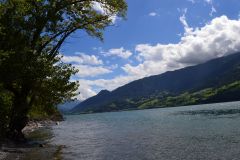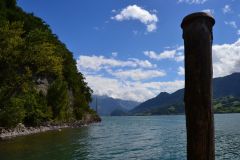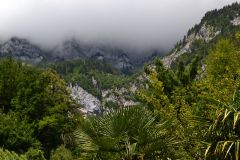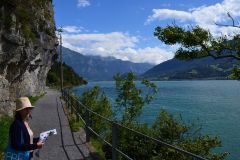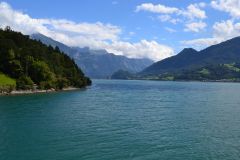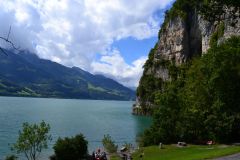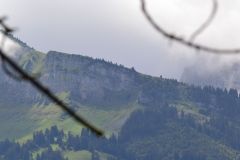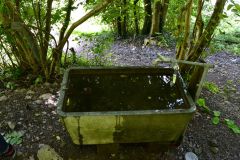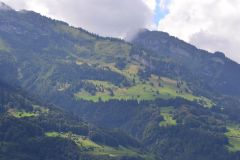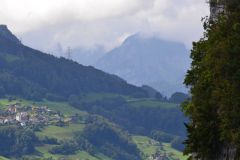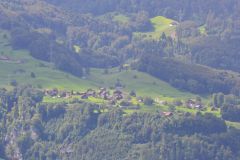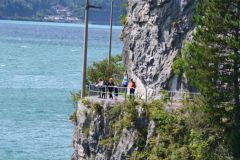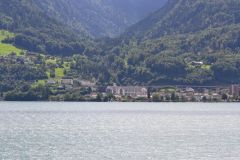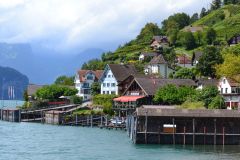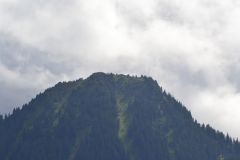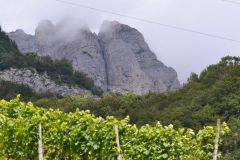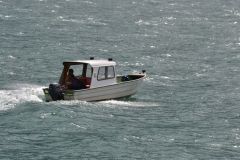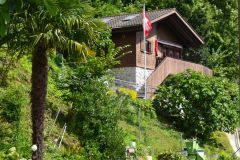Liechtenstein is a small, landlocked country located in the heart of Europe, bordered by Switzerland to the west and Austria to the east. It is the fourth smallest country in Europe, with a total area of just over 160 square kilometers. Despite its small size, Liechtenstein has a rich history that spans centuries.
The earliest known inhabitants of Liechtenstein were the Celts, who settled the area around 400 BC. The Romans also had a presence in the region, as evidenced by the remains of a Roman road that runs through the country. During the Middle Ages, the area was ruled by the Counts of Werdenberg-Sargans, who built several castles in the region.
In 1719, Liechtenstein officially became a sovereign state, under the rule of the Princes of Liechtenstein. The country has remained a monarchy to this day, with the current head of state being Prince Hans-Adam II. The Prince also acts as the country’s chief executive and is responsible for appointing the government.
During the 20th century, Liechtenstein experienced significant economic growth and modernization. The country has a highly developed economy based on industry and banking, and has one of the highest GDP per capita in the world.
Despite its small size, Liechtenstein has a rich cultural heritage. The country is home to several museums and art galleries, including the Liechtenstein National Museum, which houses a collection of art and artifacts from the country’s history. The capital city of Vaduz is also home to the Vaduz Castle, which is the residence of the Prince of Liechtenstein.
In recent years, Liechtenstein has become a popular tourist destination, with visitors coming to experience the country’s stunning natural beauty, rich history, and cultural heritage. The country offers a wide range of outdoor activities, such as hiking, skiing, and cycling, as well as a variety of cultural events and festivals throughout the year.
In conclusion, Liechtenstein is a small but fascinating country with a rich history and cultural heritage. It offers visitors a unique blend of natural beauty, modern amenities, and traditional culture, making it a great destination for those looking to explore Europe.
History
Liechtenstein is a small, landlocked country located in Central Europe between Switzerland and Austria. The history of Liechtenstein dates back to the Middle Ages, when the region was part of the Holy Roman Empire.
In the early 14th century, the Liechtenstein family, a powerful dynasty of Austrian nobles, acquired land in the region. Over the next several centuries, the Liechtensteins gradually consolidated their power and expanded their holdings in the area. By the 18th century, they had become one of the wealthiest and most powerful families in the Holy Roman Empire.
In 1719, the Holy Roman Emperor Charles VI granted the Liechtensteins the status of a sovereign principality, making them independent from the Holy Roman Empire. This marked the beginning of Liechtenstein as an independent state, with its own government and laws.
During the 19th century, Liechtenstein underwent a period of modernization and industrialization. The country’s economy grew rapidly, and it became a major center for banking and finance. This period of prosperity was interrupted by World War I, during which Liechtenstein remained neutral.
After the war, Liechtenstein adopted a policy of neutrality, which it maintained throughout World War II. The country suffered little damage during the war and emerged as one of the wealthiest and most stable nations in Europe.
In the post-war years, Liechtenstein experienced a period of rapid economic growth and modernization. The country developed a highly industrialized economy based on manufacturing and banking.
In recent years, Liechtenstein has become known as a major center for international business and finance. The country has a highly developed economy and a high standard of living. It is also a member of the United Nations, the European Free Trade Association, and the World Trade Organization.
Today, Liechtenstein is a constitutional monarchy with a parliamentary democracy. The Prince of Liechtenstein serves as the head of state, while the government is headed by a prime minister. The country has a small, highly educated population and a low unemployment rate.
Geology
Liechtenstein is a small, landlocked country located in the Eastern Alps, between Switzerland and Austria. The geology of Liechtenstein is characterized by its mountainous terrain and diverse rock formations.
The geologic history of Liechtenstein can be traced back to the Paleozoic era, about 250 million years ago. During this time, the region was covered by a shallow sea, and sedimentary rocks such as sandstone, limestone, and shale were deposited. These rocks are now exposed in the mountains and valleys of Liechtenstein.
During the Mesozoic era, about 200 million years ago, the region was part of a large landmass called the European plate. This plate collided with another plate, the African plate, which resulted in the formation of the Alps. The collision caused the rocks to be pushed up and folded, creating the rugged mountain terrain that characterizes Liechtenstein today.
The most common rock types in Liechtenstein are limestone, dolomite, and quartzite. Limestone is a sedimentary rock that was formed from the accumulation of shells and other marine debris. Dolomite is a type of limestone that has been altered by heat and pressure. Quartzite is a metamorphic rock that was formed from sandstone.
The mountains in Liechtenstein are also composed of various types of granite, gneiss, and schist. These rocks were formed from the cooling and solidification of magma or lava.
In addition to its diverse rock formations, Liechtenstein also has a number of mineral deposits. These include lead, zinc, silver, gold, and iron. Some of these minerals have been mined in the past, but today, the mining industry in Liechtenstein is limited.
Overall, the geology of Liechtenstein is shaped by its position in the Eastern Alps, and the complex geological history of the region. Its rich geological diversity provides a unique landscape that is full of natural beauty, and it has shaped the country’s history and economy.



